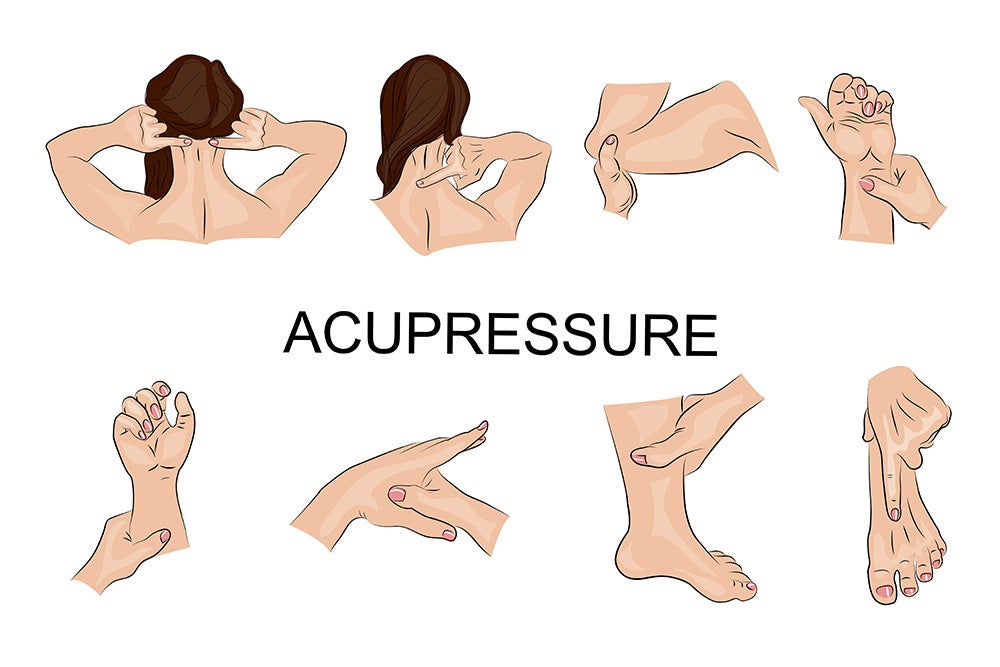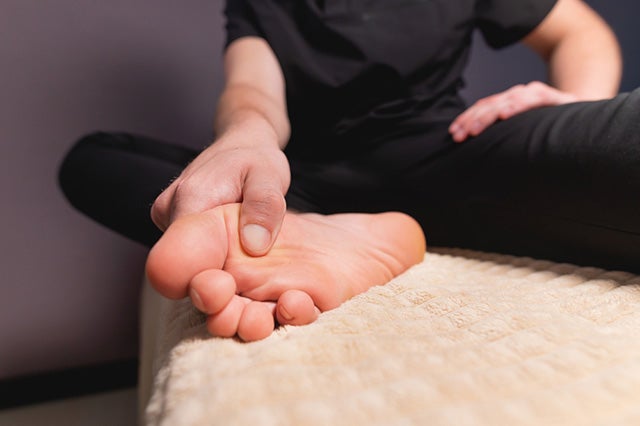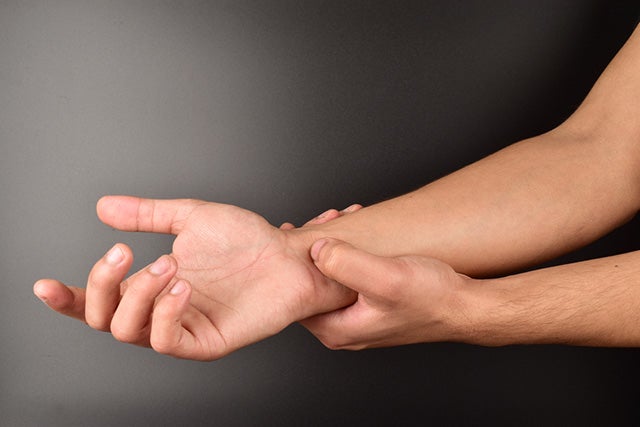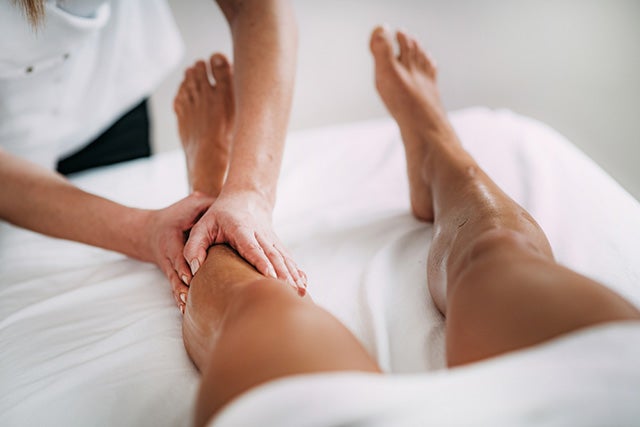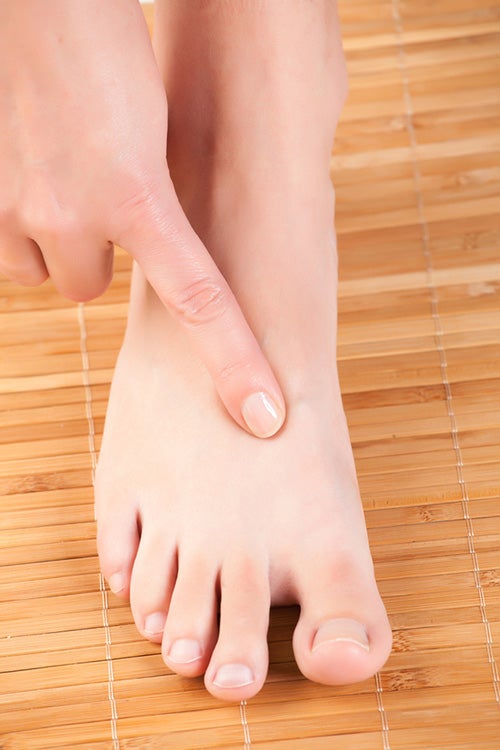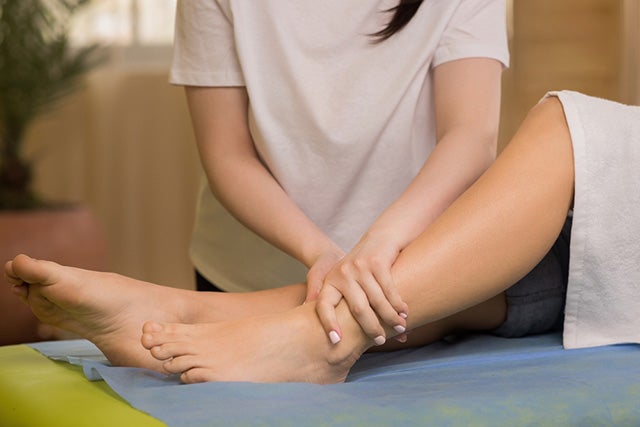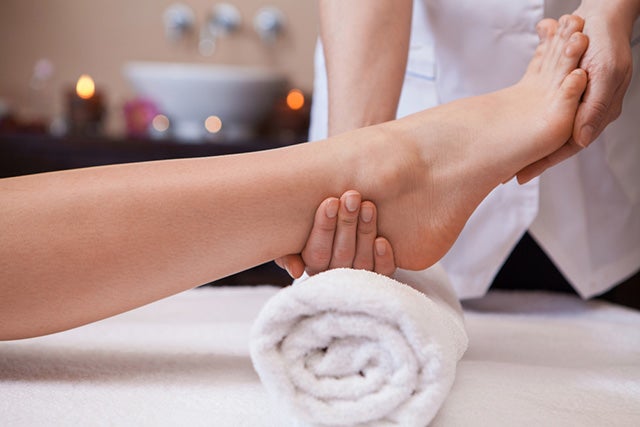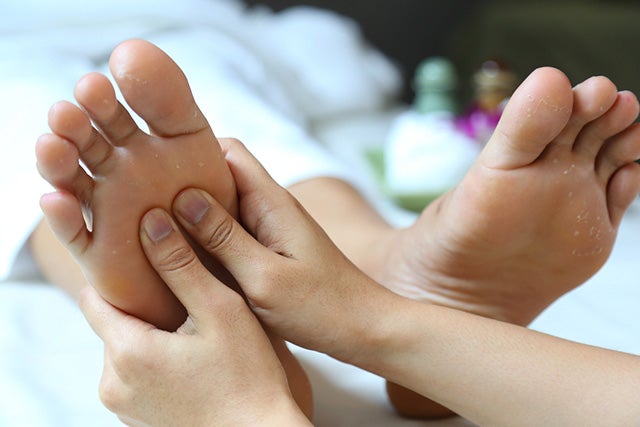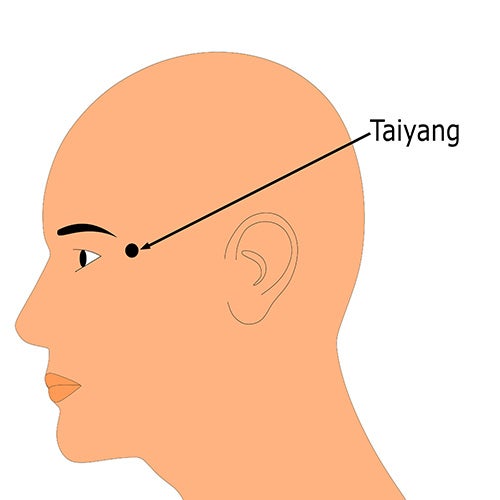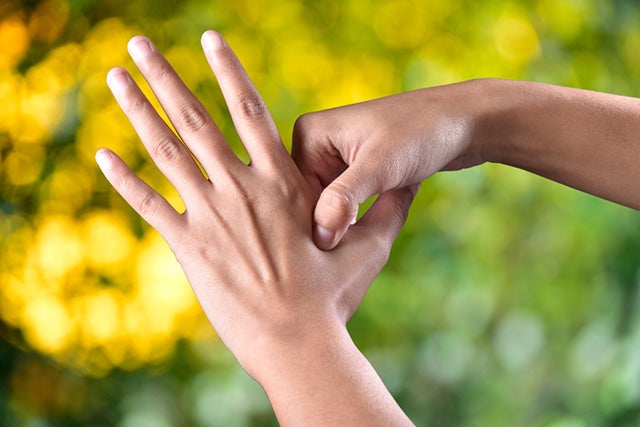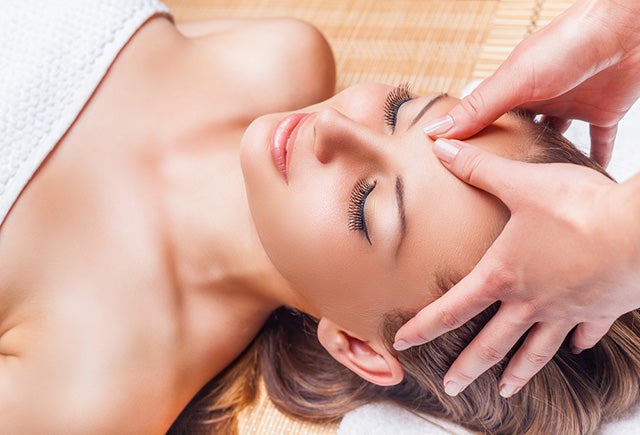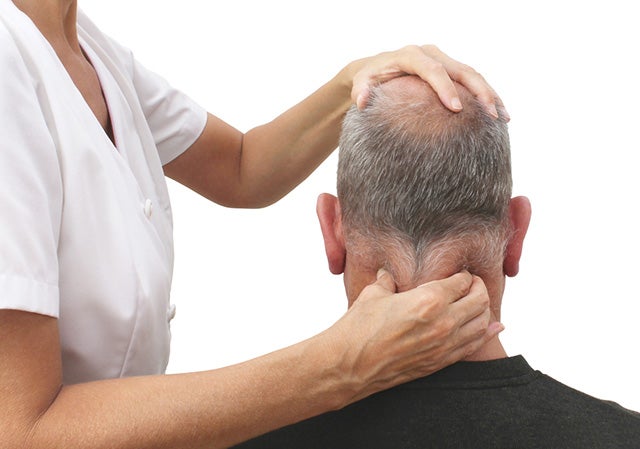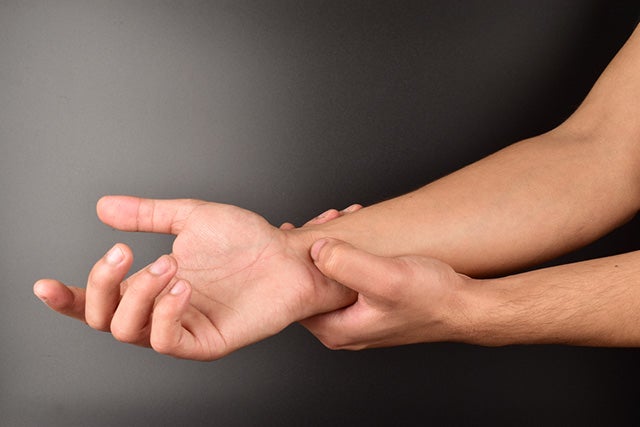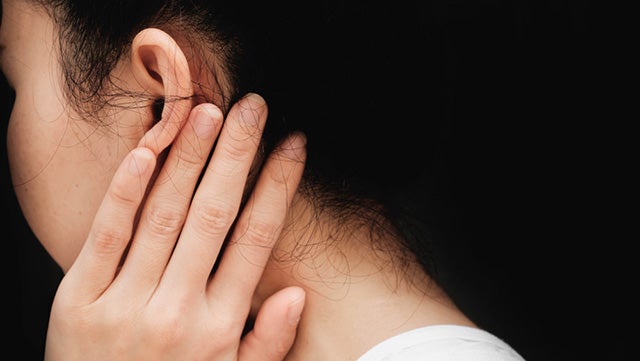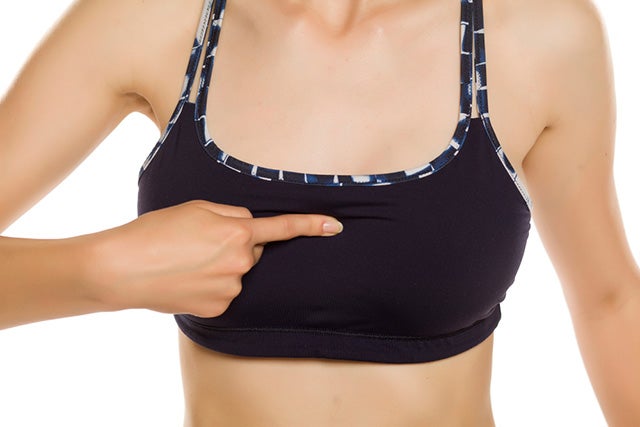Even people who feel they get a good night’s sleep can occasionally have problems with falling asleep at night. And if you happen to be a person who struggles on a regular basis you may be exhausted simply from trying everything you can to get to sleep – to no avail.
But, have you ever tried pressure points? There are a series of specific pressure points you can take advantage of using acupressure practices to help stimulate sleep. Read up on how to apply pressure to these points for a better night’s sleep.
What Are Pressure Points?
Pressure points are used in the traditional Chinese medical practice of acupressure. The are areas of the body that reflect the acupressure points that help improve energy flow through the body.
What is Acupressure?
Unlike acupuncture which uses needles to stimulate pathways in your body to promote health and wellness, acupressure uses the pressure of your fingers to stimulate pressure points across the body. The points follow specific lines across the body and correspond to various ailments, tension, stress, and other conditions. Using pressure can activate these points to provide relief and stimulation.
You might be interested: The Best Acupressure Mats
Your body literally has hundreds of pressure points, but there are some significant areas that you can access for calming, soothing relief of stressors that keep you awake. Sleep is essential for your body to heal and restore itself, so it is worth knowing these points to help you get a better rest.
When you locate these points you want to apply firm pressure, and gently rub in a circular motion. Focus on your breathing while you do this, continuing for approximately 10 breaths.
• Pericardium 6
Soothe motion sickness and anxiety with this point to help promote rest and relaxation, as well as relief. Located on the inside of your forearm, you can access it between the two ropy tendons a few inches from the inside of the wrist. This is also called the Inner Front Gate
• ST36
Stress often originates in your stomach and guts. ST36 is located on the outside of your shin bone about four finger lengths below your kneecap and helps to alleviate nausea, stomach pain, and indigestion. This relief allows the rest of your body to recover and relax.
• LV3
Also called Tai Chong, this point is located between the big toe and the toe next to it. It helps alleviate insomnia, stress, and anxiety that may be working against relaxation.
• Spleen (SP) 6
Hormone related stress can create emotional storms, pain, anxiety, and other discomforts that feed into insomnia and work to keep you awake. Find SP 6 approximately three inches above the inner ankle. Stimulate both sides for maximum effect. It is also called San Jin Jiao.
• KD3
Called Taixi by practitioners, this point works to ease insomnia and improve sleep quality. It also may help with hypertension issues and lower blood pressure. It is located above the heel on the inside of the foot.
• Kidney 1
If your mind is racing, replaying your day, or stuck on future worries, you can calm your mind using Kidney 1. This point is located on the midline of your foot on the sole approximately one-third of the way down from your toes.
• Taiyang
When you need to alleviate a headache, you can apply pressure to your temples, or Taiyang points, to help calm the mind and provide pain relief. This is a good practice for day-to-day use to help ease tension and relax from stress-related symptoms.
• Large Intestine 4
Release upper body tension with this popular headache point that includes pain and tightness anywhere through your upper body, including the neck, shoulders, jaw, and head. It also helps with digestion. These are areas that commonly feel stress from other sources. To locate this point pinch the web between the index finger and thumb of your left hand.
• Yin Tang
When fear, agitation, or restlessness is keeping you up – you might want to apply pressure to the point located between your eyebrows directly above your nose. This helps alleviate these stressors so you can relax.
• Wind Pool
This is a two-point area located below where your neck meets the curve of your skull. It works to relieve upper body tension, headaches, and stress to allow you a more restful, stress-reduced sleep.
You might want to read this: Sleeping with Neck Pain? Tips for the Rest You Deserve
• Heart (HT) 7
When uncontrollable emotions keep you awake you need to find a way to calm yourself for peace and healing. To locate this point, draw a line from the center of your pinky finger with the palm up until it meets the base of your wrist. This is also referred to as Shen Men or Spirit Gate.
• An Mian
This is a traditional insomnia point treatment that also works for headaches, upper body tension, inner ear issues, vertigo, and anxiety. These are two points on either side of the neck located behind each earlobe and just behind the bony protrusion.
• Conception Vessel 17
When tension or stress that radiates from your chest area is keeping you awake, you want to apply pressure to this point that is located at the center of the breastbone between your nipples. This can help alleviate tightness of the chest, shortness of breath, and sensations of heaviness.
You might be interested: What are the Best Sleep Positions?
Wrapping It Up
If you find yourself struggling to get the sleep you deserve and feel like you have tried everything to rest, you might want to consider acupressure point stimulation. These areas help provide relief to various ailments and stress that might be causing you issues with insomnia or relaxation. Simply apply pressure and concentrate on your breathing to feel the full effect. Repeat as needed.
Photo credit: Funstock/Shutterstock; yanik88/Shutterstock;
Artemida-psy/Shutterstock; Monika Wisniewska/Shutterstock;
Jasmina Andonova/Shutterstock; ANN PATCHANAN/Shutterstock;
Artem Furman/Shutterstock; Amatus Sami Tahera/Shutterstock;
MR.PAYU UPATHUM/Shutterstock; BlueSkyImage/Shutterstock;
spoialabrothers/Shutterstock; Microgen/Shutterstock;
Funstock/Shutterstock; Nikki Zalewski/Shutterstock
